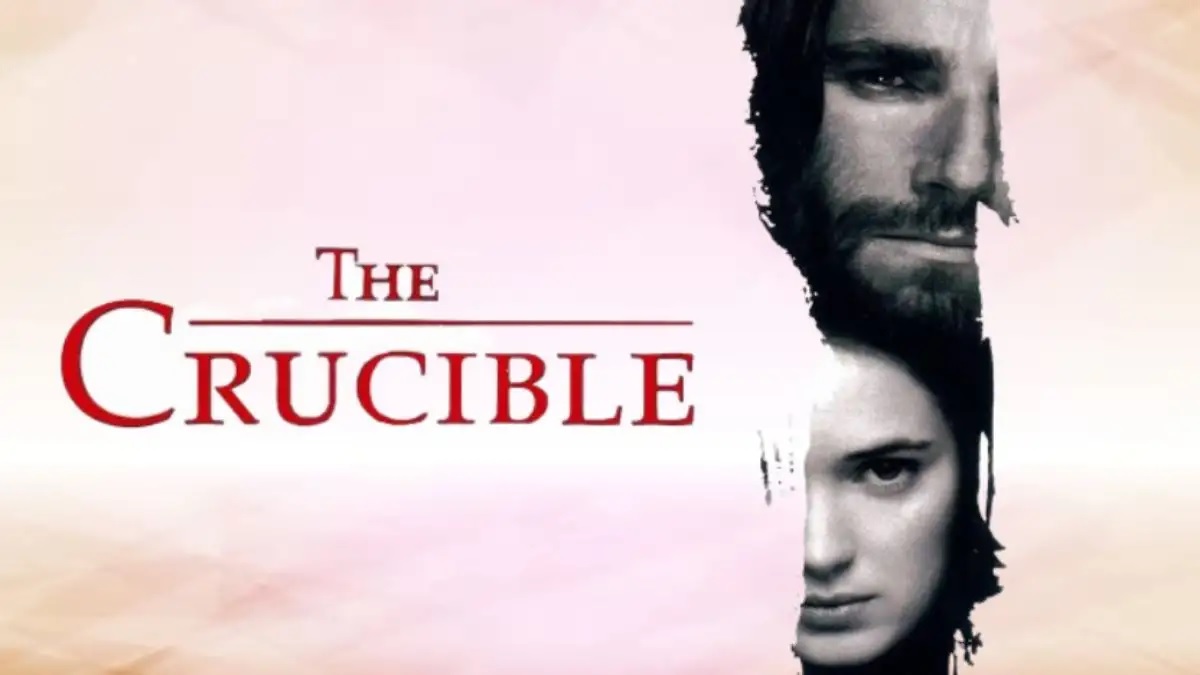Today we will talk about the famous movie story The Crucible. Everyone is trying to find out more about the story. Is this a real story? We will give the answers to this question in this article, but before that we will talk about several things. The Crucible is a 1996 film based on the play by Arthur Miller. This story explores historical events with creative liberties, which serves as a metaphor for McCarthyism. This film was directed by Nicholas Hytner and is based on Arthur Miller’s 1973 play. Is the Crucible a true story? We will try to cover all the details about the news. Let’s continue the article.
Which is the true story behind the Crucible
According to the report, the film is set against the backdrop of the Salem witch trials. The film is impressive and superb. If you have seen the movie you will have an idea about the movie. The story of the film is amazing and superb. The narrative revolves around teenage girls caught practicing love spells in the forest. Under pressure, they make up stories that they are the property of Satan, accusing people of being innocent of witchcraft. Scroll down the page to find out more information about the news.

Based on the reports, if we talk about the financial status of the film, the film faced a struggle, earning only $7 million against a budget of $25 million, and accumulated critical acclaim. The Crucible by Arthur Miller was published in 1952 and adapted into a film in 1966. It is not a carefully true story, but is based on the main events of the Salem witch trials of 1692-1693. While the play and film are creatively independent and fictional, they depict fictional inspiration from real people. We will also tell you the details of the news that you will find in the next section of the article.
Furthermore, Miller faced gun inspections during McCarthyism and used the witch trials as a metaphor for the Red Scare. The Salem witch trials involved mass accusations, but the actual motives and causes remain a matter of historical debate, with theories ranging from hysteria to possible environmental factors such as ergot of rye. John Proctor, Abigail Williams, Elizabeth Proctor, Judge Thomas Danforth, Reverend Samuel Parris, Thomas Putnam, Reverend John Hale, Giles Corey, Tituba, Betty Parris. We have shared all the news details that we have fetched from other sources to make this article for the readers. If we receive further details, we will notify you first on the same site. Stay tuned for more updates.
Categories: Trends
Source: HIS Education
